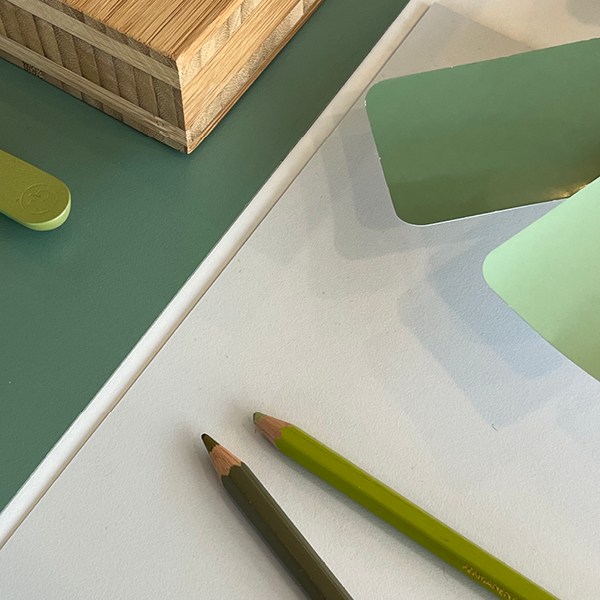TIMELESS IS MORE
interview by Jeroen Junte
Amsterdam-based designer Robert Bronwasser presents four innovative concepts for living, mobility, food, and technology at the Milan Design Week. “I don’t want to force the user, but rather offer possibilities.” The foundation of the presentation Timeless is More is formed by his vision on sustainability and design: Rethink, Redefine, and Redesign. “The most important step towards sustainability is creating products with a long lifespan.”
The studio of Robert Bronwasser (1968) is located on an industrial canal in the port area of Amsterdam. It’s a contemporary warehouse filled with thoughtful design, a selection from the industrial designer’s 30-year career. There are furniture pieces, clocks, a complete bathroom, but also an electric scooter and a coffee machine. However, for the Milan Design Week 2024, he doesn’t present ready-made products but rather four sustainable visions on our changing ways of life.
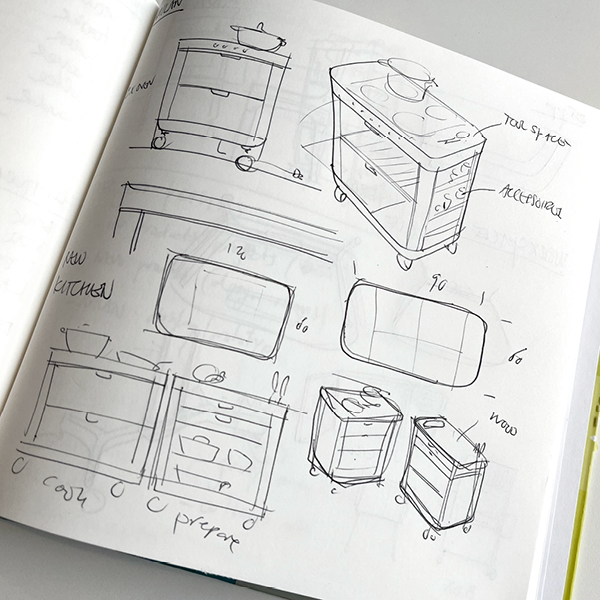
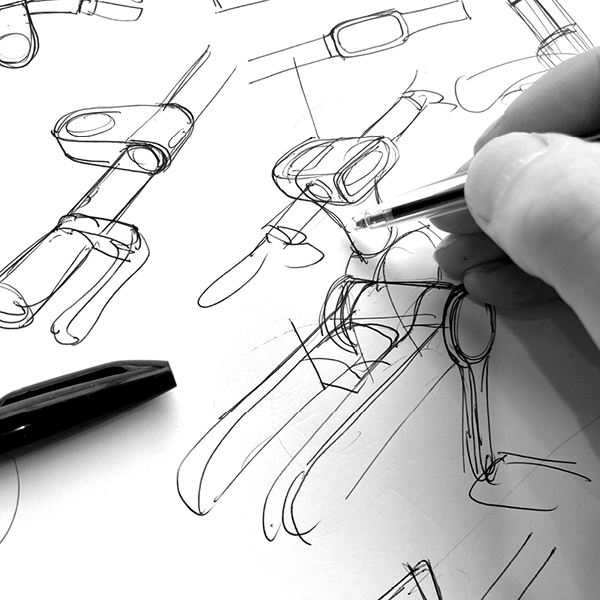
The presentation at Milan Design Week is titled Timeless is More. What does that stand for?
“Sustainability, globalization, and raw material scarcity are societal themes I, as a designer, need to address. How can I take responsibility? Recycling is important, but essentially, you’re designing something to be discarded. Whereas, I aim for products to last as long as possible. Instead of thinking ‘throw it away’ when they break, I want users to repair or replace parts. Hence the title Timeless is More for my presentation. After all, nothing is more sustainable than timeless products with a long lifespan. For this, products need to not only be of high quality but also have pleasant usability and attractive aesthetics. To last long, a product needs something extra, something that builds a connection, because it’s more beautiful, enjoyable, and better. I don’t want to limit the user but rather provide new possibilities. That’s why I focus on four themes that deeply impact our everyday lives: mobility, digitization, food, and living. And of course, this allows me to showcase the breadth of my design practice. Over the past thirty years, I’ve designed the most diverse products. After all, the Milan Design Week is the most important stage for product design.”
Let’s delve into these themes one by one. With the chair Recover, you explore the role sustainability can play in furniture design. Why did you ultimately choose to design a chair?
“The chair is the ultimate test of skill for designers. The challenge to myself was: design an efficient and producible chair that is sustainable and can be customized to personal taste. The solution is a simple construction of recycled plastic, packaged as a flatpack and easy to assemble. You can then slide on various covers made of leather, denim, or wool in different colors. It’s a chair you can endlessly redecorate, hence the name Recover. So instead of many different models, just one model that becomes personal through the covers. Where the principle of four legs with a backrest – which simply works well – forms a natural basis.”
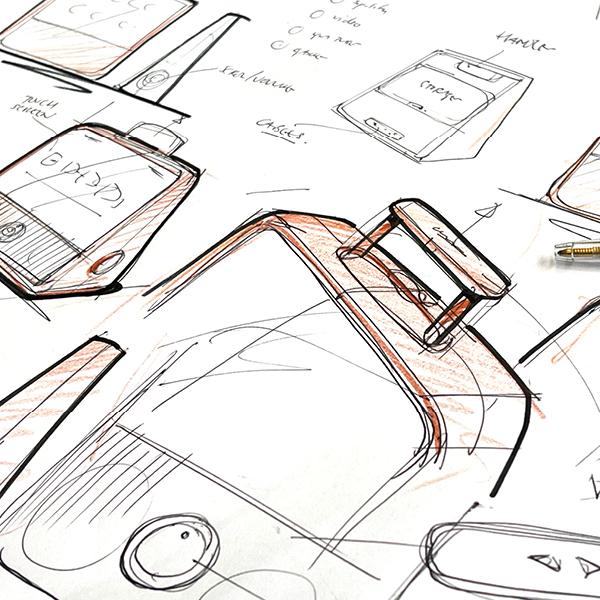
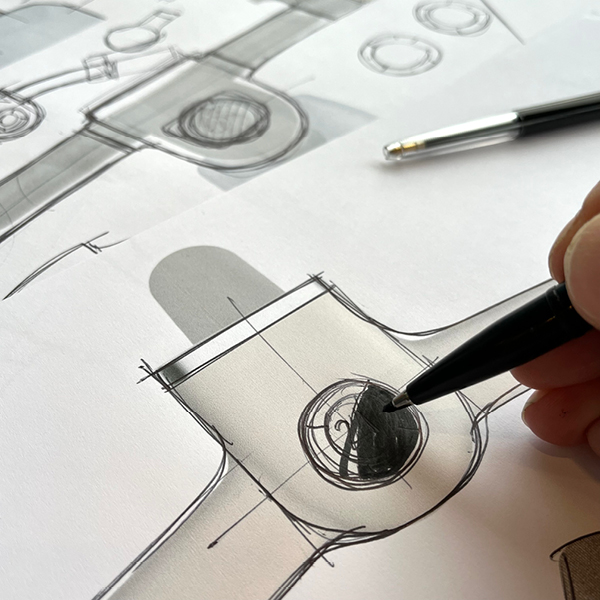
Rebike is a prototype of an e-bike. What important mobility issues are you exploring with this?
“Cars are getting bigger, bulkier, and heavier. At the same time, cities are becoming less accessible for these monsters. Therefore, the focus shifts to new practical means of transportation like electric bikes, scooters, and scooters. But existing e-bikes are usually complex versions of the old-fashioned bike. That’s why I’ve developed an e-bike where the frame houses the battery, wiring, and electronics. My Rebike doesn’t look technocratic but robust. It’s less prone to break and easy to repair. The handlebar, saddle, pedals, wheels, and other mechanical parts are replaceable according to a plug-and-ride principle. Furthermore, I’ve equipped the bike with options to easily carry all kinds of luggage.”
You delved into the food theme with Remix, a modular kitchen. What’s wrong with existing kitchens?
“The kitchen is one of the most expensive parts of the home. But when you move, you don’t see a return on that investment. Furthermore, the way we cook has changed. Sometimes we prepare a six-course menu from a cookbook, other times we make a quick and simple one-pan dish. Cooking has also become a social activity. But the traditional kitchen is a fixed spot in the house. The layout, the location of the cooktops, or the length of the countertop are all fixed for years. And everything is tucked away behind doors or in drawers. That’s why I’ve designed a modular kitchen that you can assemble yourself and easily place anywhere in the house or move. If your living situation changes, you can easily expand or shrink this kitchen. And if you move, you just take it with you.”
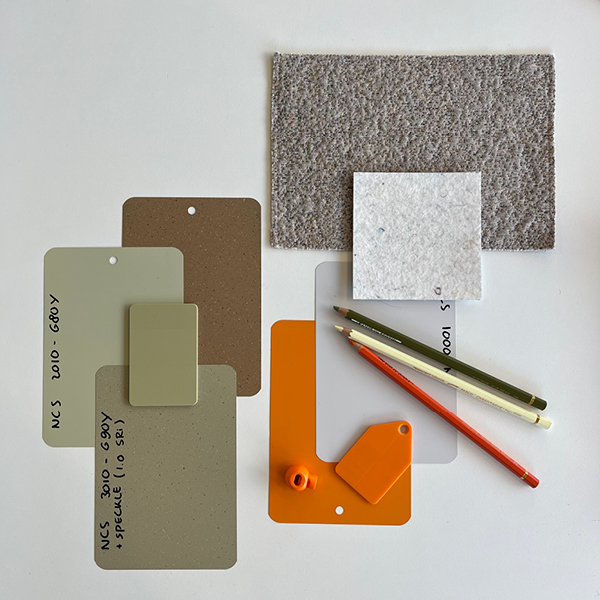
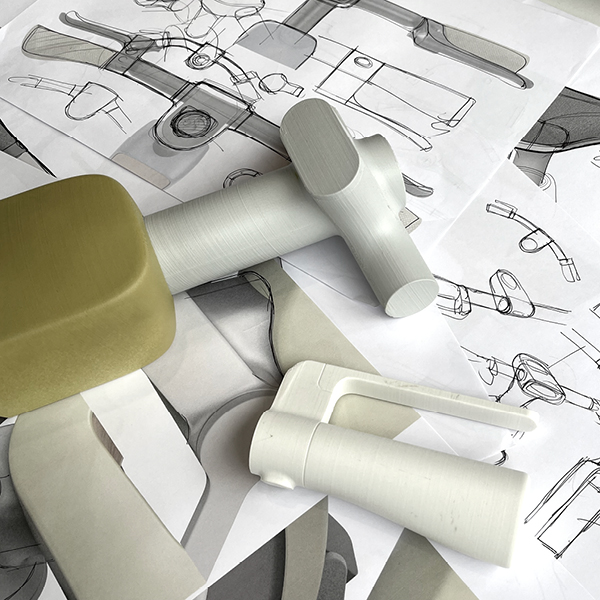
With the prototype Replay, you respond to the increasing digitization of the domestic environment. What’s missing from the existing devices around us?
“Digital devices almost always have a high-tech appearance, with a complicated interface and a hard shiny surface. As a teenager, I had an orange portable television, a cheerful device that was also very user-friendly. Why do all televisions now look the same and so impersonal? While the way we watch movies and series is actually old-fashioned. Very informal and relaxed. Due to the streaming service, we watch and listen very differently nowadays. That’s why I’ve designed a playful device that meets this need and new possibilities: a device as a homey friend with which you can watch your favorite programs or listen to music anywhere and anytime. By emphasizing usage over technology, such a product becomes much less obsolete.”
To what extent do these four prototypes reflect your design vision?
“Too often, designing is building on an existing product. I prefer to take a step back to see what can or must be done differently. How can I make a product more enjoyable, simpler, or more sustainable? That’s why the four prototypes all start with Re. They offer a radically different vision of what already exists. Designing is thinking differently. That’s why I’ve added three principles to the circular economy – Rethink, Redefine, and Redesign – which are more about designing itself. That is, good design starts with thinking about the consumer’s needs. This is followed by a new definition of what the product should meet. Then design follows.” Laughing: “The last phase is actually React, where hopefully during the Milan Design Week I receive reactions and can discuss them with visitors.”
